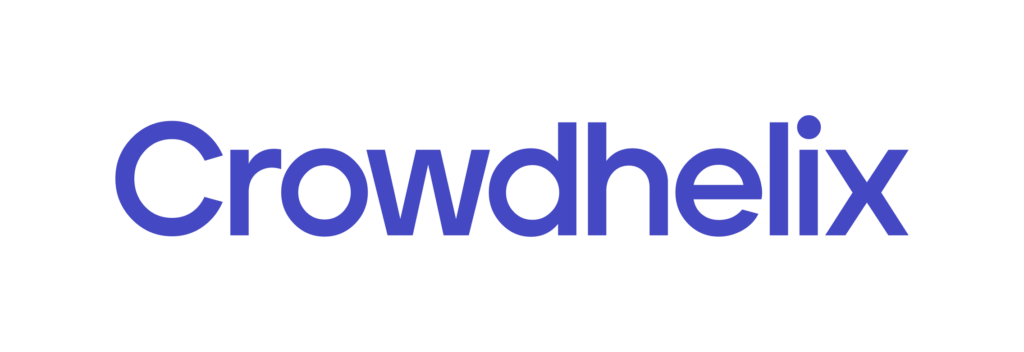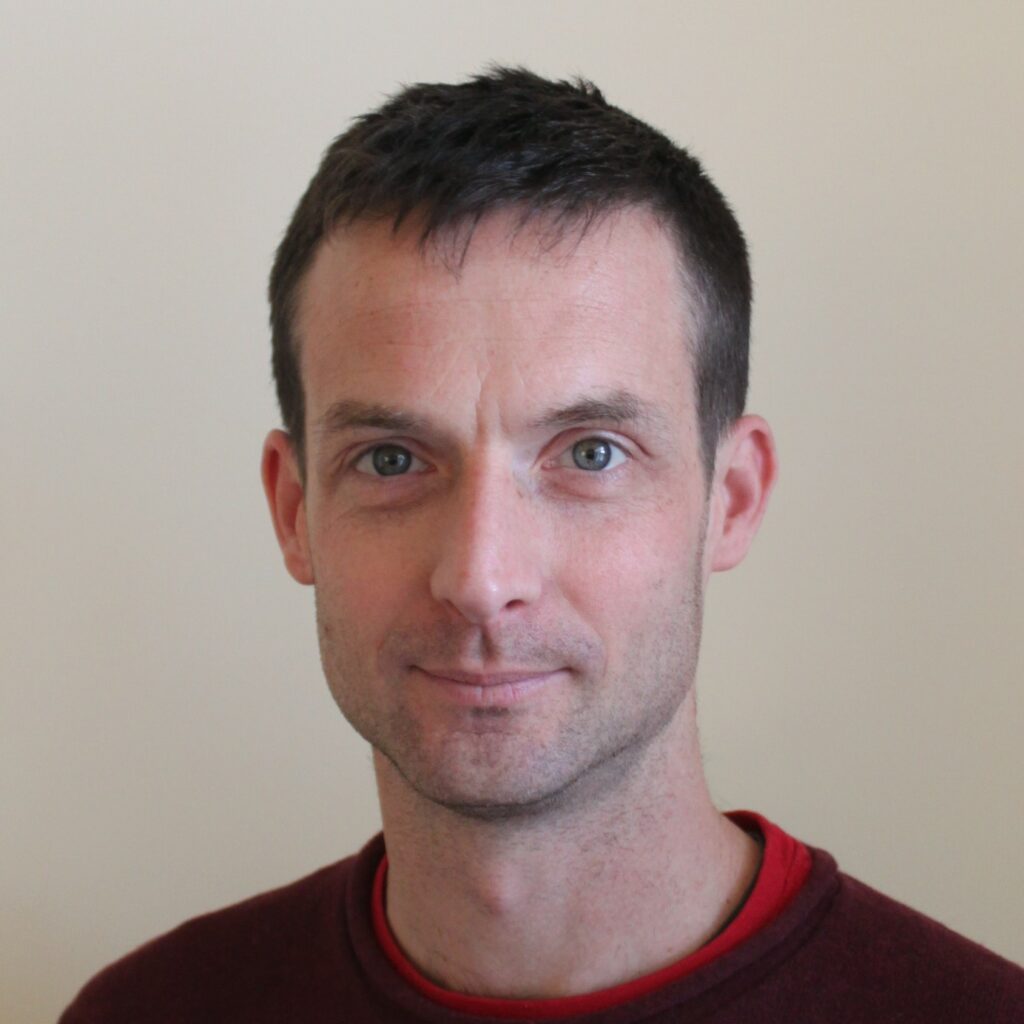High Stakes: Finding Out Who Could Help, or Block, the ReSoURCE Project

Recently, some of our project team members from several organisations met online to begin one of my favourite research project tasks – stakeholder mapping. A stakeholder is any organization or entity that is affected by, or has an interest in the project. This can include all the people in our extended project teams, those that could benefit directly from the developments in refractory recycling, or those that could inadvertently hold us back.
Stakeholder mapping is a tool that comes from the world of professional project management. There are standard steps to follow, First we identify who the stakeholders are, often through brainstorming. Although this is a regular task for me, it’s often surprising how diverse the stakeholder map turns out to be for each project, and the more people are involved in identifying them, the easier it is to get a real clear picture. Then we prioritise, analyse and come up with a plan for communication, management and how to utilize them strategically for the benefit of the project.
I learnt and used this approach daily when working for large and small engineering companies, but I think we are still figuring out how to tailor it for research collaborations like the ReSoURCE project. Most often I find that a simple stakeholder strategy has been written into the project plan, covering when and how to tell different groups about the research progress. But there’s so much more opportunity to use stakeholder mapping to inform, validate and de-risk research and innovation.
I’m a research management professional, and by working at Crowdhelix I get to work on a portfolio of projects, each part of the puzzle that we hope will solve big challenges – climate change, zero-waste, digitization and societal transition. Not being a researcher myself, many of the jobs I perform are ‘value-add’: making the course of research run smoother and be less likely to fail due to poor planning and monitoring. However, stakeholder mapping gets me right into the innovation process, and often creates completely new insights and data, from the collective knowledge of the team.
We only scratched the surface in our first virtual workshop, looking at refractory standards, policymakers, communication channels and complementary projects, and studying links to the target results. In Crowdhelix we’ll use this to start to build a vision of our stakeholder set that we need to support the ReSoURCE project, and a community that could exist on our platform beyond the project term.
Partner

